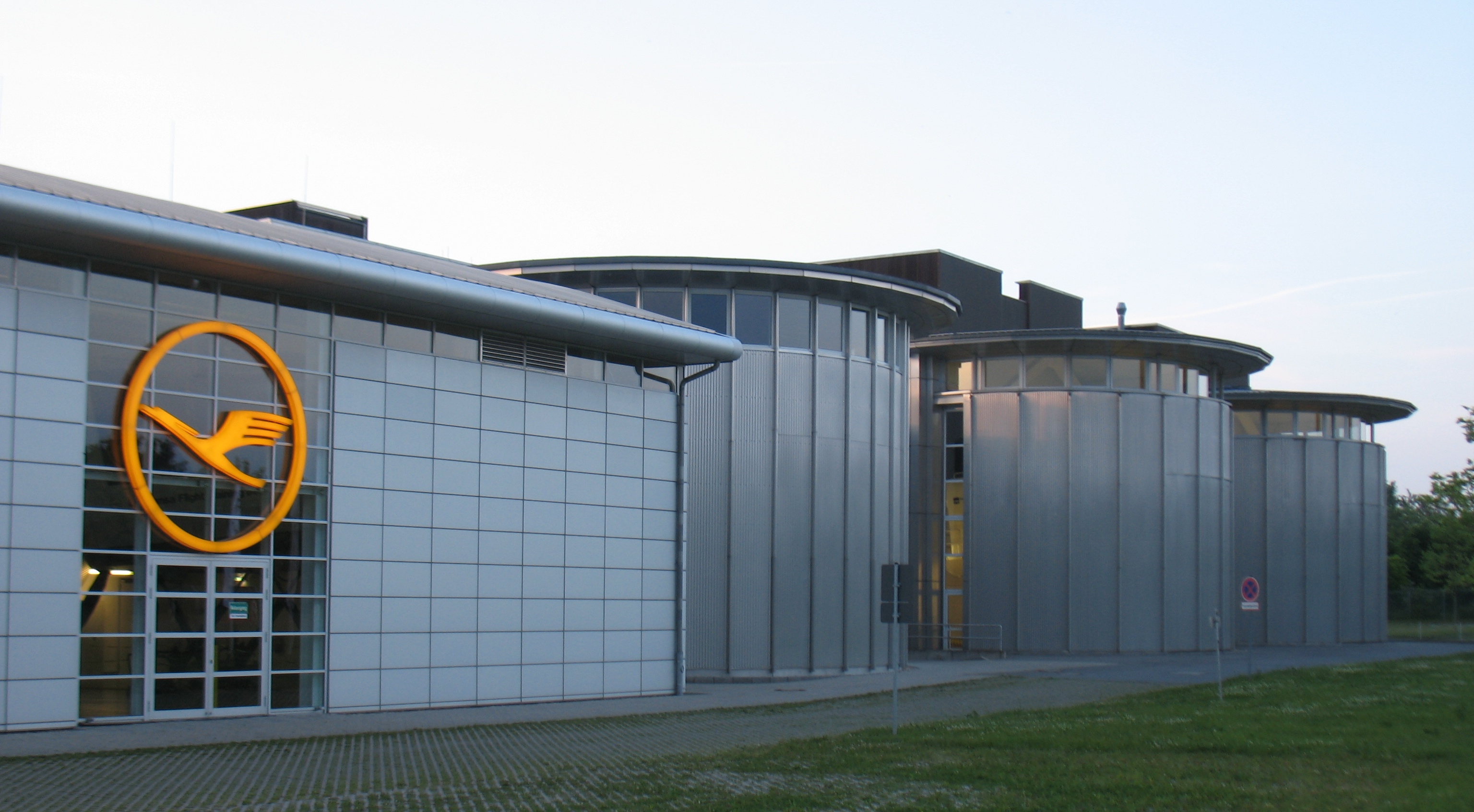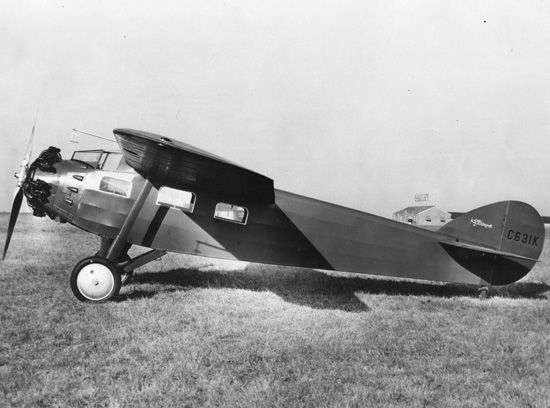|
Lufthansa Aviation Training
Lufthansa Aviation Training GmbH is the flight academy subsidiary of Lufthansa, that trains Lufthansa Group pilots as well as cabin and technical staff. The company has about 500 employees and has been in business for around 50 years. Operations Structure Lufthansa Aviation Training owns 9 subsidiaries: Lufthansa Aviation Training Crew Academy GmbH, Lufthansa Aviation Training Berlin GmbH, Lufthansa Aviation Training Operations Germany GmbH, Lufthansa Aviation Training Germany GmbH, Lufthansa Aviation Training Austria GmbH, Lufthansa Aviation Training USA Inc., Lufthansa Aviation Training Pilot Academy GmbH and Aviation Quality Services (AQS). Locations As of 2021, Lufthansa Aviation Training maintains two brands with the following locations: * Lufthansa Aviation Training – Berlin, Essen, Frankfurt am Main, Cologne, Munich, Vienna and Zürich * European Flight Academy – Bremen, Grenchen, Phoenix (Arizona), Rostock and Zürich In February 2021, Lufthansa Aviation Training a ... [...More Info...] [...Related Items...] OR: [Wikipedia] [Google] [Baidu] |
Rostock Airport
Rostock (; Polabian language, Polabian: ''Roztoc''), officially the Hanseatic and University City of Rostock (), is the largest city in the German States of Germany, state of Mecklenburg-Vorpommern and lies in the Mecklenburgian part of the state, close to the border with Pomerania. With around 210,000 inhabitants, it is the third-largest city on the German Baltic Sea, Baltic coast after Kiel and Lübeck, the eighth-largest city in the area of former East Germany, as well as the List of cities in Germany by population, 39th-largest city of Germany. Rostock was the largest coastal and most important port city in East Germany. Rostock stands on the estuary of the Warnow, River Warnow into the Bay of Mecklenburg of the Baltic Sea. The city stretches for about along the river. The river flows into the sea in the very north of the city, between the boroughs of Warnemünde and Hohe Düne. The city center lies further upstream, in the very south of the city. Most of Rostock's inhabita ... [...More Info...] [...Related Items...] OR: [Wikipedia] [Google] [Baidu] |
Piper PA-42 Cheyenne
The Piper PA-42 Cheyenne is a twin engine turboprop aircraft built by Piper Aircraft. The PA-42 Cheyenne is a larger development of the earlier Piper PA-31T Cheyenne, PA-31T Cheyennes I and II (which are, in turn, turboprop developments of the Piper PA-31 Navajo, PA-31 Navajo). History Cheyenne III The PA-42 Cheyenne III was announced in September 1977. The first production Cheyenne III flew for the first time on May 18, 1979, and FAA certification was granted in early 1980. Compared with the Cheyenne II, the PA-42-720 was about 1 m (3 ft) longer, was powered by 537 kW (720-shp) PT6A-41 turboprops and introduced a T-tail, the most obvious external difference between the PA-31T and PA-42, as well as the most significant change to the series. Deliveries of production Cheyenne IIIs began on June 30, 1980. Cheyenne 400 In the late 1970s, Piper avoided developing a clean-sheet light business jet to compete with the Cessna Citation I and upgraded its PT6As fro ... [...More Info...] [...Related Items...] OR: [Wikipedia] [Google] [Baidu] |
Grob G 120
The Grob G 120 is a two-seat training and aerobatic low-wing aircraft with a carbon composite airframe, built by Grob Aircraft. It is based on the Grob G 115TA training aircraft and is specially designed for military and civil pilots training. It has a retractable tricycle landing gear and a low tailplane. Design and development The airframe is made of carbon fibre reinforced plastic and is stressed to +6/-4g. Its minimum service life is just over 15,000 flight hours. The cockpit provides room for students wearing military equipment and helmets. The plane is equipped with movable seats and rudder pedals and an air conditioning system. A second thrust lever is available. Variants ; :Piston powered version with a Lycoming AEIO-540-D4D5 six cylinder, four-stroke, air-cooled piston aircraft engine producing . ; G 120TP :Turboprop powered version with a Rolls-Royce 250-B17F aircraft engine producing for take-off and 380 shp (283 kW) for maximum cruise. Operators ; * K ... [...More Info...] [...Related Items...] OR: [Wikipedia] [Google] [Baidu] |
Diamond DA42
The Diamond DA42 Twin Star is a four seat, twin engine, propeller-driven airplane developed and manufactured in Austria and Canada by Diamond Aircraft Industries, an Austrian subsidiary of China-based Wanfeng Aviation. It was Diamond's first twin engine design, as well as the first new European twin-engine aircraft in its category to be developed in over 25 years.Collins, Peter"FLIGHT TEST: Diamond Aircraft DA42 – Sparkling performer." ''Flight International'', 13 July 2004. In 2004, the DA42 became the first diesel-powered fixed-wing aircraft to perform a non-stop crossing of the North Atlantic. By 2012, the DA42 had become a key revenue generator for the company, having gained popularity with government and military operators in addition to the civil market that had suffered as a result of the Great Recession. Government customers have typically employed the type in the aerial surveillance role, which contributed towards the development of the Aeronautics Defense Dominat ... [...More Info...] [...Related Items...] OR: [Wikipedia] [Google] [Baidu] |
Diamond DA40 Diamond Star
The Diamond DA40 Diamond Star is an Austrian four-seat, single-engine, light aircraft constructed from composite materials. Built in both Austria and Canada, it was developed as a four-seat version of the earlier DA20 by Diamond Aircraft Industries. By the end of December 2020, 2,200 DA40s had been delivered, including 500 NG models. Development Based on the success of the earlier DV20/DA20 two-seat aircraft, the company designed a four-seat variant, the DA40 Diamond Star. The Rotax 914-powered prototype DA40-V1, registered OE-VPC, first flew on 5 November 1997 and was followed by a second prototype DA40-V2 (registered OE-VPE) which was powered by a Continental IO-240. In 1998 a third prototype DA40-V3 flew powered by a Lycoming IO-360 engine. Four more test aircraft were produced followed by the first production aircraft in 2000. JAR23 certification of the IO-360 production variant was obtained in October 2000. In 2002 the production of the Lycoming-engined variant was ... [...More Info...] [...Related Items...] OR: [Wikipedia] [Google] [Baidu] |
Cirrus SR20
The Cirrus SR20 is an American piston-engined, four- or five-seat composite material, composite monoplane built since 1999 by Cirrus Aircraft of Duluth, Minnesota. The aircraft is the company's earliest type certificate, type-certified model, earning certification in 1998. It was the first production general aviation (GA) aircraft equipped with a Cirrus Airframe Parachute System, parachute to lower the airplane safely to the ground after a loss of control, structural failure, or midair collision. The SR series was also the first mass-manufactured light aircraft with all-composite construction and glass cockpit, flat-panel avionics. The SR20 was developed into the Cirrus SR22, which was introduced in 2001 and is the list of most-produced aircraft, most-produced GA aircraft of the 21st century. Design and development The SR20 mock-up was unveiled in 1994. The aircraft first flew on 21 March 1995 and Federal Aviation Administration, FAA certification was achieved on 23 October ... [...More Info...] [...Related Items...] OR: [Wikipedia] [Google] [Baidu] |
Cessna 525
The Cessna CitationJet/CJ/M2 (also known as the Model 525) are a series of light business jets built by Cessna, and are part of the Citation family. Launched in October 1989, the first flight of the Model 525 was on April 29, 1991. Federal Aviation Administration (FAA) certification was awarded on October 16, 1992, and the first aircraft was delivered on March 30, 1993. The CJ series are powered by two Williams FJ44 engines; the design uses the Cessna Citation II, Citation II's forward fuselage with a new carry-through section wing and a T-tail. The original CitationJet model has been updated into the CJ1/CJ1+/M2 variants; additionally, the CJ1 was stretched into the CJ2/CJ2+ which was built between 2000 and 2016. The design was then further developed into the CJ3/CJ3+, built from December 2004 to present, and finally into the CJ4 which has been built since 2010. By June 2017, 2,000 of all variants had been delivered. Development Development of the CitationJet was prompte ... [...More Info...] [...Related Items...] OR: [Wikipedia] [Google] [Baidu] |
Beechcraft Bonanza
The Beechcraft Bonanza is an American general aviation aircraft introduced in 1947 by Beech Aircraft Corporation of Wichita, Kansas. The six-seater, single-engined aircraft is still produced by Beechcraft and has been in continuous production longer than any other aircraft in history. More than 17,000 Bonanzas of all variants have been built, produced in both distinctive V-tail and conventional tail configurations; early conventional-tail versions were marketed as the Debonair. Design and development At the end of World War II, two all-metal light aircraft emerged, the Model 35 Bonanza and the Cessna 195, that represented very different approaches to the premium end of the postwar civil-aviation market. With its high-wing, seven-cylinder radial engine, fixed tailwheel undercarriage, and roll-down side windows, the Cessna 195 was a continuation of prewar technology. The Bonanza, however, featured an easier-to-manage, horizontally opposed, six-cylinder engine, retractable ... [...More Info...] [...Related Items...] OR: [Wikipedia] [Google] [Baidu] |
Cessna CitationJet CJ1 Lufthansa (8739170738)
Cessna () is an American brand of general aviation aircraft owned by Textron Aviation since 2014, headquartered in Wichita, Kansas. Originally, it was a brand of the Cessna Aircraft Company, an American general aviation aircraft manufacturing corporation also headquartered in Wichita. The company produced small, piston-powered aircraft, as well as business jets. For much of the mid-to-late 20th century, Cessna was one of the highest-volume and most diverse producers of general aviation aircraft in the world. It was founded in 1927 by Clyde Cessna and Victor Roos and was purchased by General Dynamics in 1985, then by Textron in 1992. In March 2014, when Textron purchased the Beechcraft and Hawker Aircraft corporations, Cessna ceased operations as a subsidiary company, and joined the others as one of the three distinct brands produced by Textron Aviation. Throughout its history, and especially in the years following World War II, Cessna became best known for producing small, hi ... [...More Info...] [...Related Items...] OR: [Wikipedia] [Google] [Baidu] |
Safety Management Systems
An occupational safety management system (OSMS) is a management system designed to manage occupational safety and health risks in the workplace. If the system contains elements of management of longer-term health impacts and occupational disease, it may be referred to as a occupational safety and health management system (OSHMS) or occupational health and safety management system (OHSMS). Description An OSMS provides a systematic way to continuously identify and monitor hazards and control risks while maintaining assurance that these risk controls are effective. OSMS can be defined as: ...a businesslike approach to occupational safety. It is a systematic, explicit and comprehensive process for managing occupational safety risks. As with all management systems, a occupational safety management system provides for goal setting, planning, and measuring performance. A occupational safety management system is woven into the fabric of an organization. It becomes part of the culture, th ... [...More Info...] [...Related Items...] OR: [Wikipedia] [Google] [Baidu] |
IATA Operational Safety Audit
The IATA Operational Safety Audit (IOSA) programme is an internationally recognised and accepted evaluation system designed to assess the operational management and control systems of an airline. IOSA uses internationally recognised quality audit principles and is designed to conduct audits in a standardised and consistent manner. It was created in 2003 by IATA. The companies are included in the IOSA registry for a period of 2 years following an audit carried out by an organization accredited by IATA. The auditing standards have been developed in collaboration with various regulatory authorities, such as the Federal Aviation Administration, the Civil Aviation Safety Authority, Transport Canada and the Joint Aviation Authorities The Joint Aviation Authorities (JAA) was an associated body of the European Civil Aviation Conference representing the civil aviation regulatory authorities of a number of European States who had agreed to co-operate in developing and implementi ... (JAA) ... [...More Info...] [...Related Items...] OR: [Wikipedia] [Google] [Baidu] |








